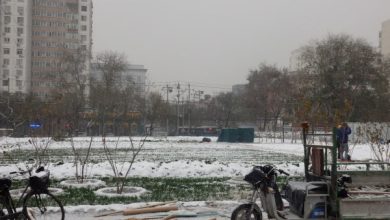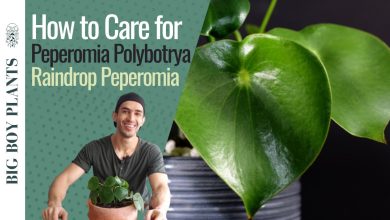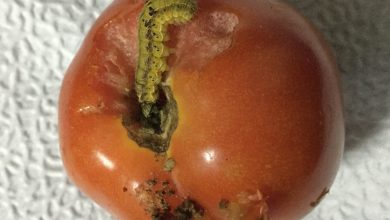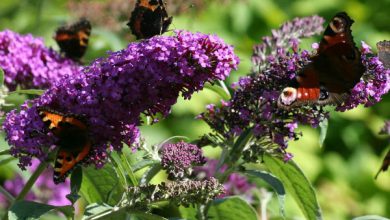Fungi in the garden: Difference between Oidio, Mildiu, Rust and Botrytis
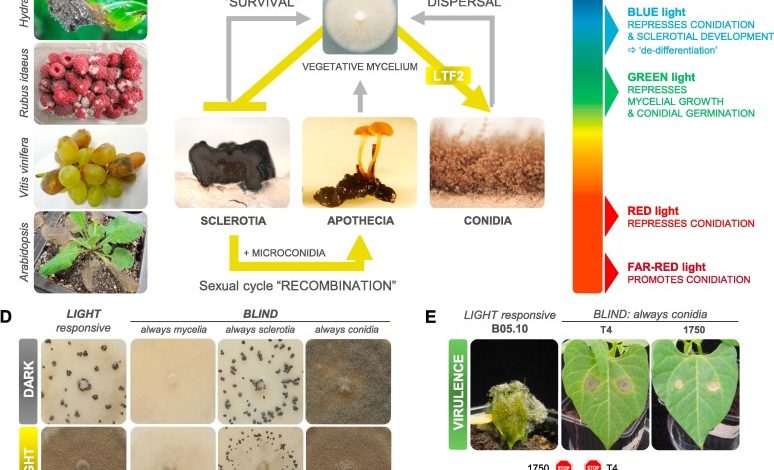
Fungi are, along with bacteria and viruses, microorganisms that cause plant diseases. Today we will see what are the characteristics and symptoms of the main types of fungi that affect garden plants, as well as the differences between mildew, powdery mildew and others.
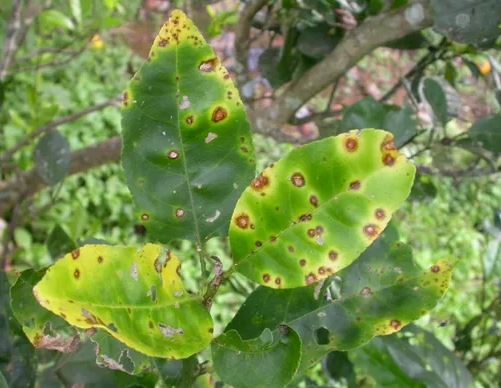
Let’s remember that pests and diseases are different things: pests are caused by organisms that we see with the «naked eye», such as mites, insects, rodents, slugs (snails and slugs), birds, etc. Diseases, on the other hand, are caused by microorganisms, that is, those very small «bugs» that we do not see: fungi, viruses, bacteria, nematodes…
The most important thing to avoid major damage is the prevention and early detection of fungal diseases: «prevention is better than cure».
How to remove fungi from plants?
The three keys to fighting plant fungi are prevention, early detection and effective elimination. Below we will see some tricks to prevent fungi in plants and to eliminate fungal infections, if they have already occurred.
1. Prevention of fungi in plants
Most mushrooms in the garden need some moisture to grow. Therefore, to prevent them, it is necessary to avoid excess water in the irrigations and a high density of plants (leaving enough space between plants and between their aerial parts – prune if necessary – so that ventilation is sufficient and they do not get damp or condenses in water between them).

There are some natural preparations to prevent fungi in plants, such as horsetail infusion, nettle slurry and other biostimulants for plants that will make our crops grow stronger and more resistant to fungi and other diseases.
In addition, it is important to ensure that the tools and cultivation containers such as pots or seedbeds are not infected with fungi (it is recommended to clean them well with soap and water before cultivation).
2. Detection of fungi
Unlike insects, fungi are microscopic and cannot be seen with the naked eye, so the identification of the type of fungus we are dealing with must be done from the observation of the symptoms.
It can be very useful to plan a plant inspection routine (once or twice a week, for example) in which leaves, stems, roots and fruits are carefully inspected to identify the symptoms of diseases that may be present and prevent them from becoming infected. spread using appropriate control methods.
3. Eliminate fungi from plants with ecological remedies
In an organic garden it is essential to avoid the use of synthetic products such as chemical fungicides. The alternative is natural fungicides to eliminate fungi from plants: homemade fungicides with plants or other natural products.

In the post Homemade fungicides: 10 Remedies for plant fungi you will find details on how to make and how to use the homemade fungicide with milk or coffee, the remedy for fungi with garlic and onion, the sage extract and other organic fungicides.
Types of fungi on garden plants
There are some species of orchard fungi that affect the roots of the plant (genus Rhizoctonia) and there may also be fungi on seeds and young seedlings (genera Phytium and Phythophtora).
Others can even lodge in the vascular vessels -the conduits that transport the sap through the plant- plugging them and causing the plants to wither (Be very careful with the latter because they are devastating).
But the incidence of these fungi in the orchard is usually much lower than that of other fungi that affect the aerial parts (leaves, fruits, stems…), such as mildew or powdery mildew, so today we are going to focus on these last.
Powdery mildew (ash, bad white, white mold)
- Description and symptoms: most of the time it develops on the upper surface of the leaves, although it can also spread along the stem or the fruits if the attack is not controlled. It appears in the form of white spots that turn into a white or gray powder that covers the leaves and that, when removed, leaves yellowish spots. They hinder photosynthesis and if the attack is not controlled, the leaves turn yellow and can become deformed or dry. It is probably the easiest fungus to detect, because of that characteristic white powder.
- Propagation conditions: warm temperatures and medium humidity (typical of summer).
- Affected crops: they are very polyphagous – they harm many species – although cucurbits (pumpkins, courgettes, cucumber, melon, watermelon, chayote…) are especially sensitive. It also affects tomato plants, potatoes, vines, chard, spinach, etc.

Mildew
- Description and symptoms: it develops inside the leaves, producing greasy-looking spots of different colors on the edges of the leaves or even on the fruits, depending on the crop (yellow, green, red…) that later turn brown and wither or fade. they dry that part of the plant. Sometimes a white fuzz can also be seen on the underside of the leaves.
- Propagation conditions: it can infect plants through irrigation water because it penetrates through wounds or through the stromata of the leaves. It requires a moderate temperature (15-25ºC) and high humidity, so its appearance is frequent after the rains.
- Affected crops: large group of plants, although the incidence of mildew in vines and solanaceous plants (tomato, potato, aubergine, pepper…) stands out. It also affects strawberries, cucumbers, melons and young cruciferous plants such as beets, spinach or Swiss chard.

Botrytis or gray rot
- Description and symptoms: it forms gray and even hairy rots, the plant tissue appears as if it were rotten or oxidized, that is, degrading.
- Propagation conditions: Mild temperatures, high humidity and little ventilation.
- Affected crops: vines and vines, tomato, lettuce. strawberry, cucumber, eggplant
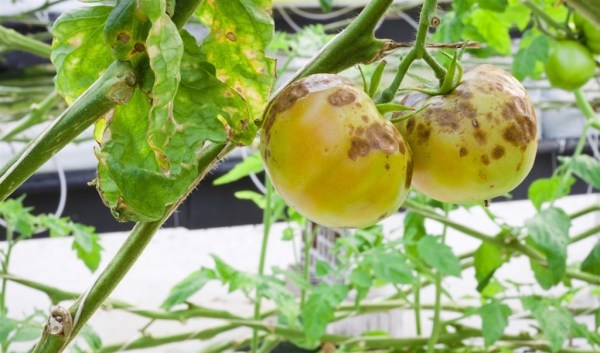
Rust: yellow spots on the leaves
- Description and symptoms: Yellowish spots appear on the leaves on the upper side and orange-brown pustules or bumps on the lower side, which grow and darken until the leaves dry and fall off.
- Propagation conditions: very high humidity and mild temperatures (risk of appearing after periods of abundant rain).
- Affected crops: garlic, onion, leek, arugula, asparagus, legumes…

In other posts we have already talked about fungi in the garden, you can use the search engine at the top to find other entries on treatments against fungi and tricks to prevent them. As an appetizer I leave you this link to the post « Ponytail in the garden: ideal against fungi «.
There are other types of fungi that can affect garden plants in addition to the ones we have seen today, such as Fusarium, Anthracnose, Phytophthora… but these four are some of the most common fungi in the garden.
References
- Aparicio Salmerón, V., 1994. Pests and diseases of the main horticultural crops in the province of Almería: Rational control. Ed. Ministry of Agriculture and Fisheries of the Junta de Andalucía (Spain).
- García Morató, M., 1996. Fungal and bacterial diseases and physiopathies. Compendiums of Horticulture, nº 9 Peppers, pag. 60-66 (Chapter 7). Editions of Horticulture (Reus, Spain).
- Romanazzi, C. & Feliziani, E., 2014. Chapter 4 – Botrytis cinerea (Gray Mold). Post-harvest Decay. Control Strategies (2014), p. 131-146.
- Lefèvre, A. et al., 2020. Challenges of complying with both food value chain specifications and agroecology principles in vegetable crop protection. Agricultural Systems, vol. 185 (102953).
- Porcuna Coto, JL Pest and disease control in organic farming. Spanish Society of Ecological Agriculture.

